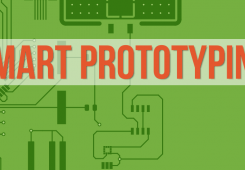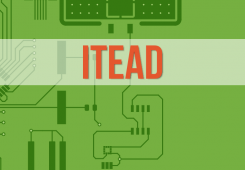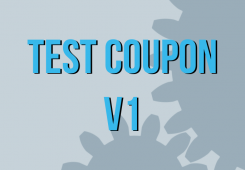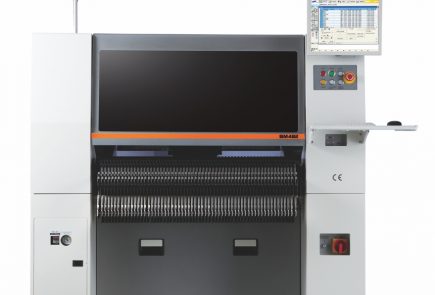The Affect of Trade Tariffs on Manufacturing Costs
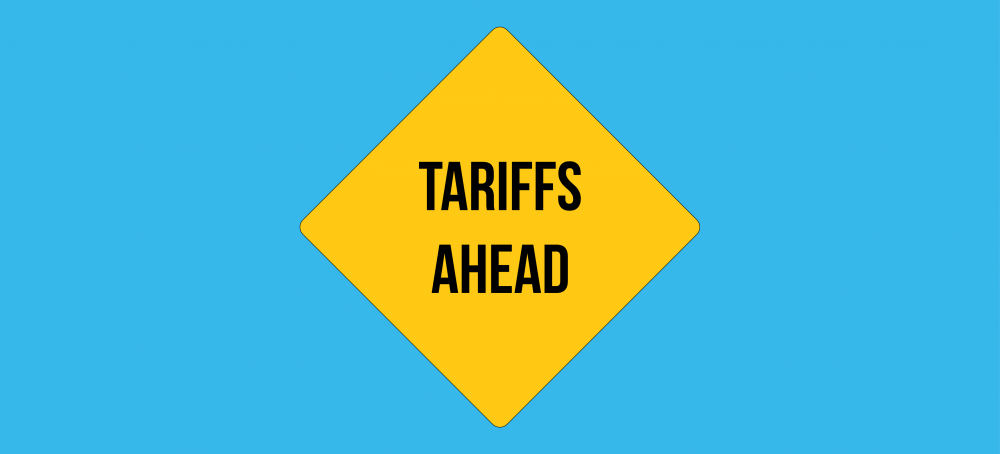
In an article a few weeks back, titled “U.S. Electronics Manufacturers Grappling With Higher Costs from U.S. and Chinese Tariffs” the IPC provided some horrifying statistics. After surveying IPC members between September and October of this year,
- The average survey respondent had tariffs on at least 31% of the total dollar value of goods they import.
- 69 percent of the companies surveyed by the IPC had taken a profit hit because of the increased tariffs, with a substantial amount dropping their US based investment including new hires and employee retention.
- Over 33% of the companies feel they can’t pass the increased cost imposed by the tariffs on to their customers… the price can’t go up, so their profit gets eaten away.
These sorts of statistics sound horrible, but also seem somewhat distant, after all, the IPC wasn’t asking me what my opinion on the topic was. I wondered if this had touched on the work I do; to what extent had I been affected by the tariff structure. Most of us have seen the “Import Tariff” warning from various component vendors as we build out our BOMs, so I took some time to pull up an old product of mine from 2016 and see what the current component cost would be, and what portion of that would be affected by the trade war.
Example Product Background
This is a product I designed for a third party, and they purchase the manufactured item from me in bulk at a wholesale price. The third party then sells to the final customer in the retail market. While we are fortunate in having a niche product, it sells in the same space as hundreds of thousands of other electronics products available on Amazon and Alibaba, that provide a cost comparison for the end user in terms of “I can buy an entire USB oscilloscope from Hantek for what you’re charging.” As a result, my business partner’s final retail price is fixed, which means one of us would have to eat the cost of any price increase on the production side. That puts us square in that third bullet point.
Nothing on the BOM is particularly avant-guard: a few sensors, LEDs, trim pots, supporting passives, 100 mil headers, stuff like that. None of the components requires a special buy or can’t be purchased out of the general inventory available at any of the large distributors.
Component Cost: 2016 vs. 2019
Fortunately, I still have a spreadsheet from 2016 where my partner and I worked out our pricing model at various production volumes. This is a direct part number to part number comparison, as everything is still manufactured and everything is still in stock (so, hey, good job on that component planning, Dan!)
| Production Volume | 1 | 50 | 100 | 500 |
|---|---|---|---|---|
| JUL-2016 | $12.48 | $399.00 | $696.00 | $2685.00 |
| NOV-2019 | $14.29 | $424.00 | $774.00 | $3020.00 |
| Percentage Change | +15% | +6% | +11% | +12% |
Prices are up across the board at all volumes. Oddly, we could get the lowest price increase at the 50 unit level, but my suspicion is that we’d lose the cost savings in shipping costs for repeated production runs. Ultimately, there is money lost, and significant money too. Each board now costs 67 cents more to produce despite not having changed a single thing. If you take a BOMx3 pricing attitude, that means we should increase the retail price by around $2.00, but when browsing Amazon, $29.95 is very different from $31.95.
Trade War Tariff Costs
How much of that cost is due to tariffs though, rather than simple inflation? That’s impossible for me to quantify on a part by part basis, because back in 2016 I had no idea that I would need to track that kind of stuff. Fortunately, the tariffs calculated by Digi-key are done at the shopping cart level, so the cost of the trade war is an additional charge over and above the usual price.
When processing the BOM at a production volume of 500 assemblies, four of the items in the BOM: a capacitor, a resistor, a tactile switch and a piezo transducer, have the dreaded “Import Tariff May Apply” warning. The end result is a tariff cost of $38.46 against a subtotal of $3019.87. Basically a 1% duty against the whole BOM. We’re not able to amortize that extra 1% across tens of thousands of units. This is a product where the part selection process always ends with “Sort By Price”, margins are thin and I designed it to be as dead simple to produce as possible. There just isn’t cost savings to squeeze out of anywhere else.
Further, there may be hidden tariff costs in the BOM reflected by the price increases elsewhere. I don’t know what my component manufacturer paid to produce their parts in the first place, justifying their price increase.
Bottom Line
How do you compensate for something like this? Without having a roomful of business consultants to tell you what to do, or at least assume the liability for what may turn out to be a bad decision? As a small business owner involved in electronics manufacturing? How do I, in my very real “I need this to pay the rent” pricing structure deal with this? It’s very simple: I can’t do anything about it other than eat the cost.
I suppose I could increase the price on all products across the board, but fear the sales hit. I could factor in an extra 2% COGS going forward as “tariff slop”. Maybe I could add my own “the product you’re buying is subject to import tariff” disclaimer and just add an extra line item to everyone’s invoice when they buy something.
Ultimately, grit your teeth, wait for it to pass, and be thankful tariff exposure on this product is limited to only 1%.



